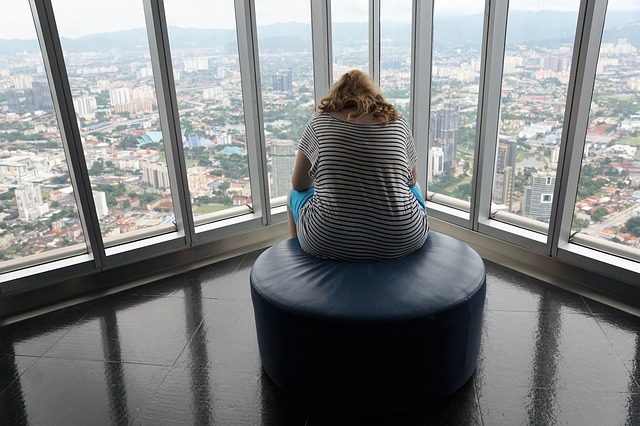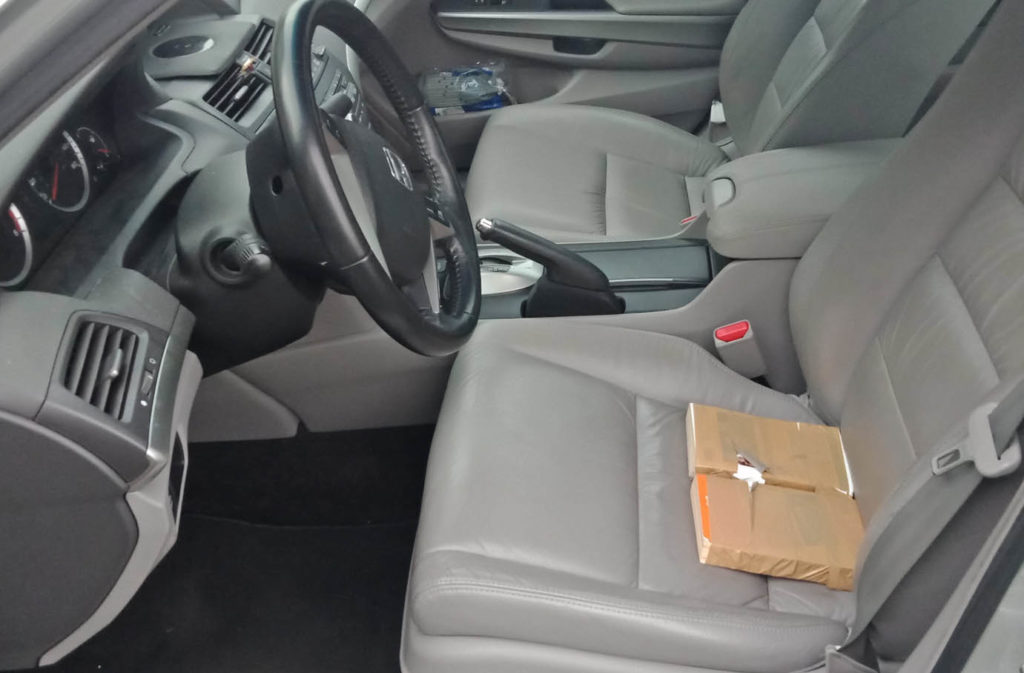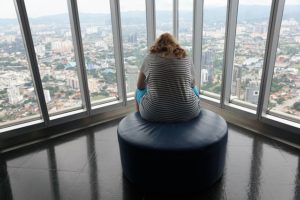by Brent Shaub, GCFP
Article originally appeared on the Embody Wisdom Today blog.

Questions guide attention. Asking the right question helps you to understand the cause and effects of your low back tension. When pain persists, its presence answers where and how severe. Successful approaches address the symptoms at their source. Sometimes lifestyle might exacerbate a problem. Asking “When does it hurt?” can open an investigation into mental and physical habits which comprise the discomfort.
If your back hurts when you are sitting, the height of the chair, its pitch, firmness and shape can all make a difference in your comfort. The body’s skeletal system bears weight, and the muscular system moves bones. A faulty tower needs constant energy to prevent it from tipping over; a chair that fits a person’s body relieves them from constant engagement. When bones are aligned, muscles can relax, tension abates, and pain is reduced.
Sitting?
Sitting on a chair requires four main contact points: two sitting bones and two feet. To feel your sitting bones, sit in a chair, lean to one side, slide your hand under your buttock that’s raised, and sit back down again. Notice what you have in your hand is both fleshy and boney. These bones are designed to bear the weight of your spine — a spring with 24 interlocking vertebrae in five curves that alternate between convex and concave.
An Experiment

Find two soft-bound books roughly the same size. Place each under a sitting bone. Adjust their location so you’re supported by both while your balance allows your breathing to be soft and smooth. This simple adaptive technique is ideal for couches and car seats by providing firm support on their soft surface.
After I fractured my left sitting bone in a car accident in 1998, I was engulfed by pain, chronic discomfort, and dreaded going places. For eighteen years my misery fluctuated depending on the chairs in my environment. I bought a desk chair for the office, one for my home and a better car, but the pain persisted.
First introduced in 2004 to the Feldenkrais Method®, beginning in 2007 I attended weekly Awareness Through Movement® classes and received Functional Integration® lessons on Saturdays. In September of that year, I enrolled in the Feldenkrais® professional training program in New York City. The health improvements I experienced were continually set back by the furniture I could not replace, and I didn’t go out as much as I would have liked to, but the principles of medical physics that I was learning in class slowly accumulated.
From that knowledge, in 2016 I invented MediSit; a portable, configurable seat that allows anyone to easily fine-tune their comfort on a variety of surfaces. I take it with me wherever I go, and am comfortable for hours instead of minutes. I have presence for longer conversations, deeper connections, reduced pelvic and back pain and fall asleep more easily.
Lying Down?
A final key to reducing back pain while lying on my side in preparation to sleep has been using either spheres or balloons. Their shape allows my legs to be sufficiently separated so I can lie fully on my side. Placing them near but not on my knees, gently relieves contraction in my adductors (groin). While winding down, I make micromovements with my top leg that feel good in my sacroiliac joint. The results are a profound sleep after which I feel rested. During sleep, I inevitably move and the spheres become dislodged. They haven’t needed to be in position all night, just in the beginning.
Continue to experiment “the Feldenkrais way,” with gentle movement, attention and curiosity as you find the right combinations that work for you. Infusing lifestyle changes into your daily routine, like using spheres or books or MediSit, has the potential to reshape your life as it has mine.
Try an Awareness Through Movement lesson with Brent:

Brent Shaub is the 2018 winner of the Feldenkrais Guild® of North America FeldenFilm Festival. A membership in FGNA was his prize for submitting the case history of Maddie, a young woman with Down Syndrome. He is a 2013 graduate of the Melbourne 4 Feldenkrais Professional Training Program, and he practices in Mount Joy, PA. He says, “A car accident fractured my pelvis, five ribs, and neck in 1998. Struggling to find comfort, the past twenty years have been focused on health; starting with Himalayan Hatha Yoga, self-massage, mindfulness meditation, and lasting peace thanks to the Feldenkrais Method.” Learn more about Brent at Embody Wisdom Today.

